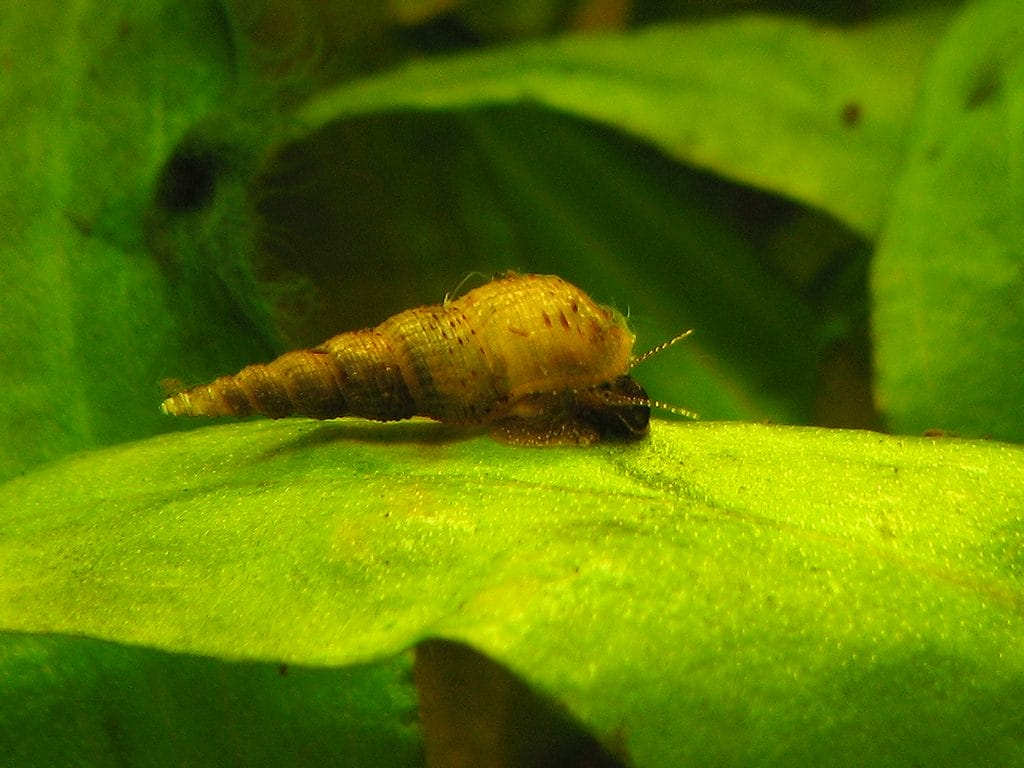
How to Care for Tylomelania Snail in Your Aquarium

Tylomelania snails, also known as Rabbit Snails, are very popular in the aquarium hobby. These interesting aquatic snails have a special look and are gentle creatures.
They add charm to freshwater aquariums. This guide will cover everything you need to know about taking care of Tylomelania snails. You will learn about their background, needs, and how to create the best environment for them to thrive in your aquarium.
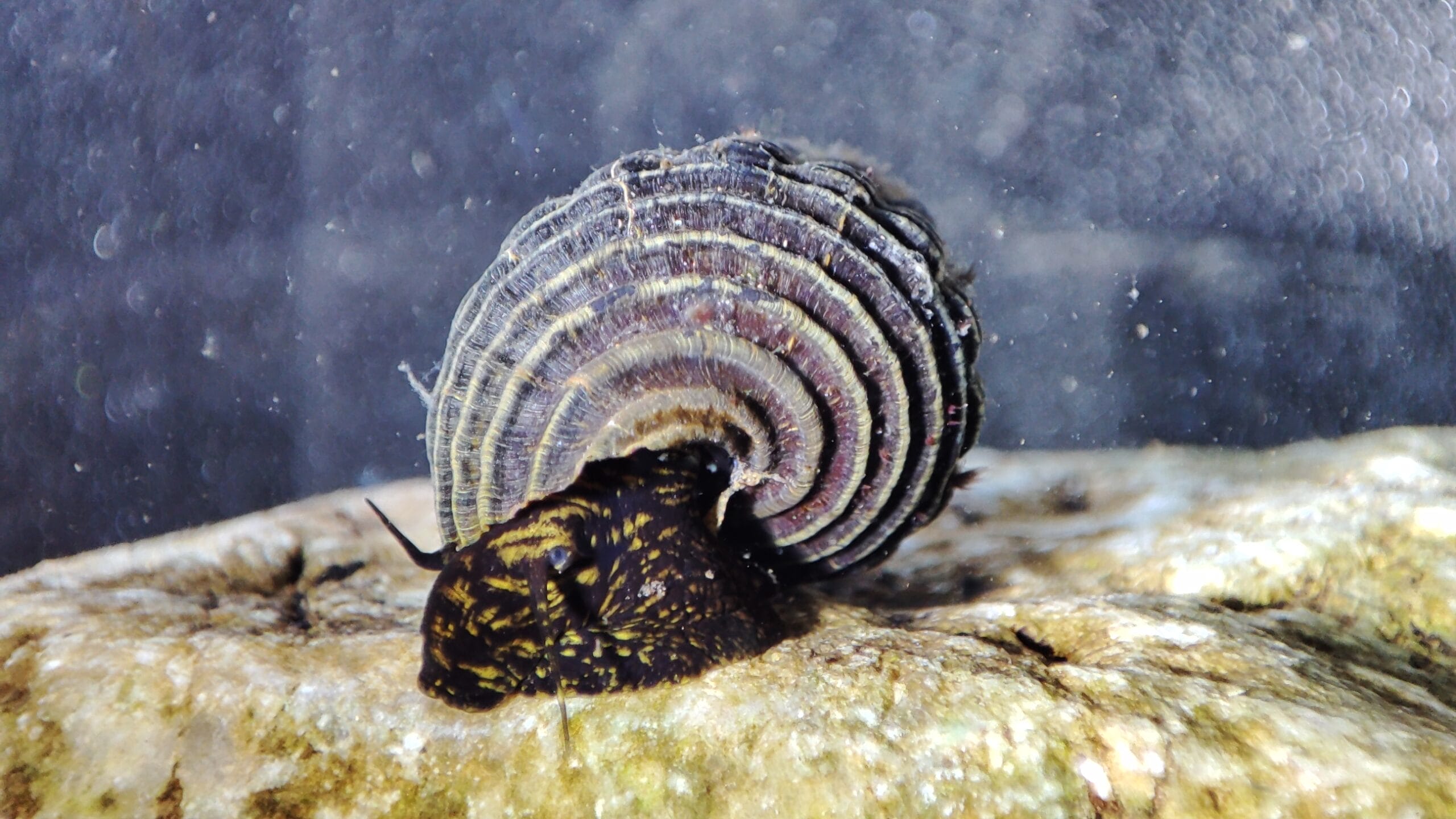
Read More : 18 Types of Freshwater Aquarium Snails You Should Have
Understanding Tylomelania Snails
Tylomelania snails are an interesting type of freshwater snails. They are known for their beauty and fun behaviors. Unlike regular snails, these snails are quite active. This makes them fun to watch in an aquarium. They are also peaceful, so they can live well with other non-aggressive fish.
A key feature of Tylomelania snails is their long, cone-shaped shells. These shells come in many colors and patterns. For example, there is the bright Orange Poso and the classy Golden Rabbit Snail. There is a Tylomelania snail for every aquarist’s preference.
Origin and Natural Habitat
Tylomelania snails come from the freshwater lakes of Sulawesi, Indonesia. These lakes have a special mix of water that helps the snails live well. The water is hard and alkaline, filled with minerals.
In the wild, Tylomelania snails like slow water areas, such as lake bottoms and calm river spots. You can find them among rocks, driftwood, and plants, where they eat algae and detritus. Knowing where they live helps you take good care of them in captivity.
It’s crucial to recreate their natural home in your aquarium. This means keeping the right water conditions, using good substrate, and giving them food that matches their natural diet.
Physical Characteristics and Behavior
Tylomelania snails are a fascinating group that grabs the attention of aquarists. They are known by names such as Tylomelania Gemmifera, Golden Rabbit Snails, and Rabbit Snails. These snails have long, cone-shaped shells that can be colored from deep chocolate brown to bright orange and yellow.
What makes them special are their rabbit-like antennae and interesting behaviors. These active snails glide smoothly across the aquarium substrate in search of food, which is fun to watch. They are peaceful creatures, so they can live well with other calm fish. This quality makes them great for community aquariums.
Tylomelania snails, whether they are enjoying algae or exploring their tank, will delight aquarium lovers. Their unique looks, engaging actions, and friendly nature make them a great choice for any freshwater aquarium.
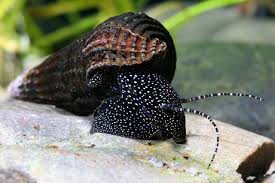
Setting Up Your Aquarium for Tylomelania Snails
Creating a cozy and engaging space is very important when setting up an aquarium for Tylomelania snails. These snails are different from some other types because they are sensitive to water conditions. This means you need to pay close attention to what they need.
It is crucial to choose the right tank size, substrate, and equipment for their health. Also, make sure to add enough hiding spots and keep the water conditions just right. This will help these interesting snails to grow well.
Choosing the Right Tank Size
When you choose a tank size for your Tylomelania snails, space is very important. For one snail, a tank of at least 10 gallons is a good choice. However, it is better to get a bigger tank, like a 20-gallon aquarium or more, especially if you want to keep several snails.
Having enough space improves their living conditions and helps keep the water steady. This is key for their health. Tylomelania snails can react badly to changes in water quality.
A larger tank will help protect against sudden shifts. Plus, a spacious aquarium lets you make a more natural space with lots of hiding spots, plants, and areas for grazing. This will help mimic their natural habitat and encourage their natural behaviors.
Essential Equipment and Resources
To ensure the well-being of your Tylomelania snails, it’s crucial to equip their aquarium with essential equipment and resources that maintain optimal water quality and create a comfortable living environment. Here’s a comprehensive table outlining the essential equipment and resources:
| Equipment/Resource | Description |
| Aquarium Filter | Maintains water quality by removing debris and harmful toxins. |
| Heater | Keeps the water temperature within the ideal range (72-82°F). |
| Substrate | Provides a natural bottom layer; choose sand or smooth gravel. |
| Hiding Spots | Offers shelter and security; use caves, rocks, or driftwood. |
| Water Testing Kit | Monitors pH, ammonia levels, nitrites, and nitrates for optimal conditions. |
Maintaining a consistent water temperature within the range of 72-82°F is essential for their metabolism and overall health. Regularly testing the water parameters, including pH, ammonia levels, nitrites, and nitrates is crucial to ensure a safe and healthy environment. Maintaining a pH level between 7.5 and 8.5 is ideal, as Tylomelania snails thrive in slightly alkaline water conditions.
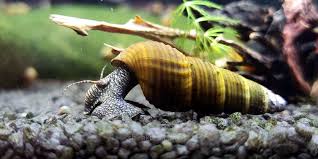
The Beginner’s Guide to Tylomelania Snail Care
Caring for Tylomelania snails can be a rewarding experience. However, it needs detail and a commitment to providing a good environment for these interesting creatures. To care for snails well, you must understand what they need and follow important steps for their health.
You need to cycle your aquarium, keep the water quality good, and offer a healthy diet. Each of these steps is very important for their health and long life.
Step 1: Cycling Your Aquarium
Before you add any aquatic snails, like Tylomelania snails, to your aquarium, you must create a good and stable environment. This is done through a process called cycling.
Cycling your aquarium helps establish helpful bacteria. These bacteria break down harmful toxins like ammonia and nitrites that come from fish waste and leftover food. Having these bacteria is crucial for keeping the water clean and safe for your snails.
While cycling, you should closely watch the water conditions. Pay special attention to ammonia, nitrite, and nitrate levels. At first, ammonia and nitrite levels will go up, but they will eventually go down as the beneficial bacteria grow.
When ammonia and nitrite levels fall to zero and nitrate levels stabilize, your aquarium is cycled. Then, it is safe to add your Tylomelania snails.
Step 2: Maintaining Water Quality
Maintaining good water quality is very important for the health of your Tylomelania snails. These snails are sensitive to changes in water conditions. So, testing the water regularly and keeping it clean is key for their survival.
First, check the pH level. This should be slightly alkaline, ideally between 7.5 and 8.5. Next, ensure that ammonia and nitrite levels are at zero. Even small amounts of these can be harmful to snails. Also, check for nitrates and try to keep them under 20 ppm.
It’s a good idea to do partial water changes. Replace 25-30% of the water every one to two weeks. This helps reduce the nitrates that build up and adds back important minerals.
Make sure not to overfeed your snails. Leftover food can rot and harm water quality. A clean aquarium with good water conditions will help your Tylomelania snails live long, healthy lives.
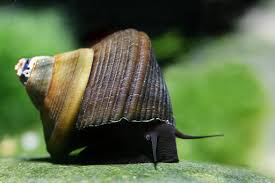
Feeding Your Tylomelania Snails
Feeding your Tylomelania snails is quite simple. However, it is important to know what they need in their diet. This way, they get the nutrients to grow strong. Tylomelania snails are omnivores. This means they need different types of food to stay healthy.
You should give them a mix of algae-based foods, protein, and options with lots of calcium. This mix will help them grow, keep their shells healthy, and support their overall well-being.
Diet Requirements
Tylomelania snails mainly eat plants and detritus. Their food includes plant matter, decaying organic material, and algae. In the wild, they feed on algae and biofilm found on rocks, driftwood, and water plants. To keep them healthy in the aquarium, it’s important to give them the same type of food they eat naturally.
Algae wafers are a great food source for Tylomelania snails. These wafers are made to give snails the nutrients they need to be healthy. You can also add blanched vegetables like zucchini, spinach, and lettuce to their meals. Blanching means boiling the vegetables for a few minutes to make them soft and easier for the snails to eat.
Tylomelania snails can also eat detritus. This is the material made up of decaying plant matter, dead fish, and fish waste. This organic matter provides important nutrients that snails need to survive.
Best Practices for Feeding
Feeding your Tylomelania snails correctly is important for their health. The type and amount of food you give them can influence how they grow and how healthy they are.
Make sure to have a regular feeding schedule and provide different types of food. This way, they can get all the nutrients they need. Here are some tips for feeding your Tylomelania snails:
- Feed in moderation: Tylomelania snails do not eat a lot. It’s best to give them small amounts of food once or twice each day. If you feed them too much, leftover food can spoil and harm the water quality.
- Variety is key: Provide a mix of foods. Good options are algae wafers, blanched vegetables like zucchini and spinach, and sometimes, sinking pellets that are high in protein. This mix will help them get proper nutrients.
- Monitor their intake: Keep an eye on their food. Take away any uneaten food after a few hours. This will stop it from rotting and affecting the water quality.
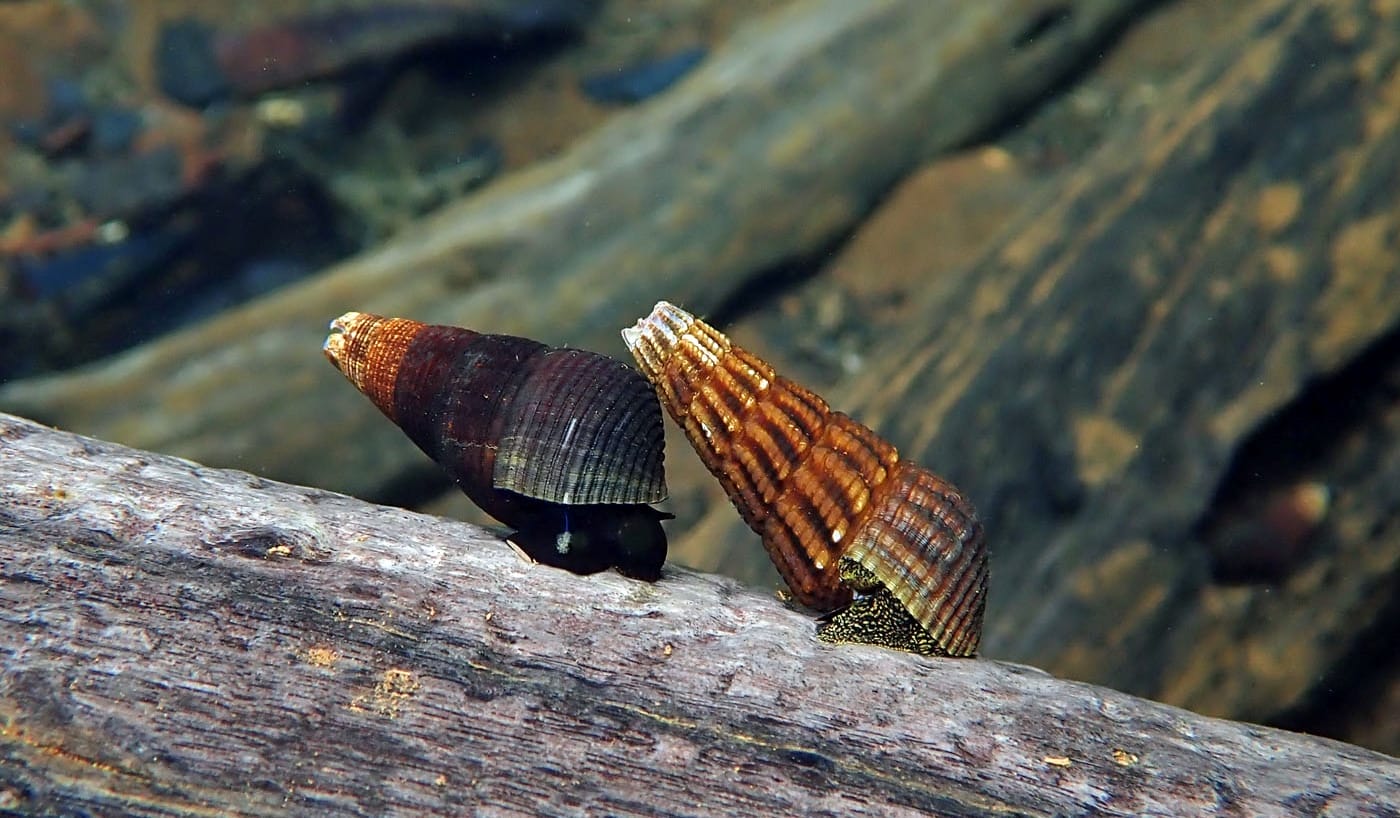
Conclusion
In conclusion, taking care of Tylomelania snails in your aquarium means knowing where they come from, setting up the right tank, and making sure you feed and care for them properly.
You should cycle your aquarium and keep the water quality good. Meeting their diet needs will help you create a healthy home for these special snails. Always watch their health, fix any problems quickly, and enjoy how they look in your water space. If you have more questions about Tylomelania snails, check the FAQs section for more help.
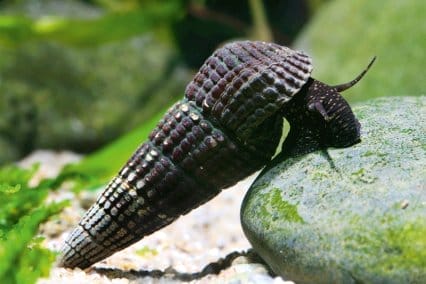
Frequently Asked Questions
How to breed Tylomelania snails in captivity?
To breed Tylomelania snails at home, you need a healthy pair and the right water conditions. These snails will lay eggs if you give them a good environment.
This means adding hiding spots and keeping the water levels steady. Remember, they reproduce slowly, so be patient.





